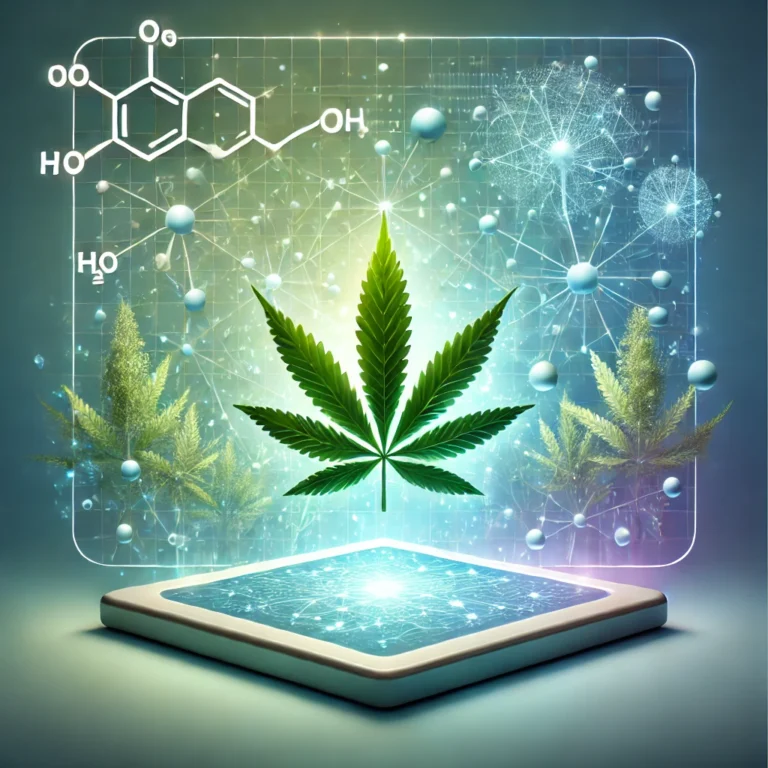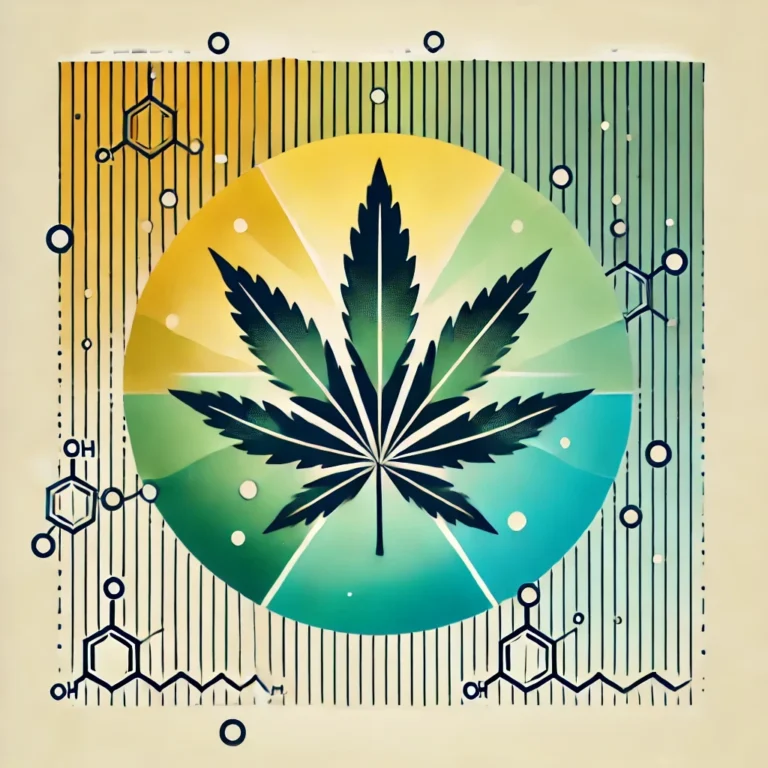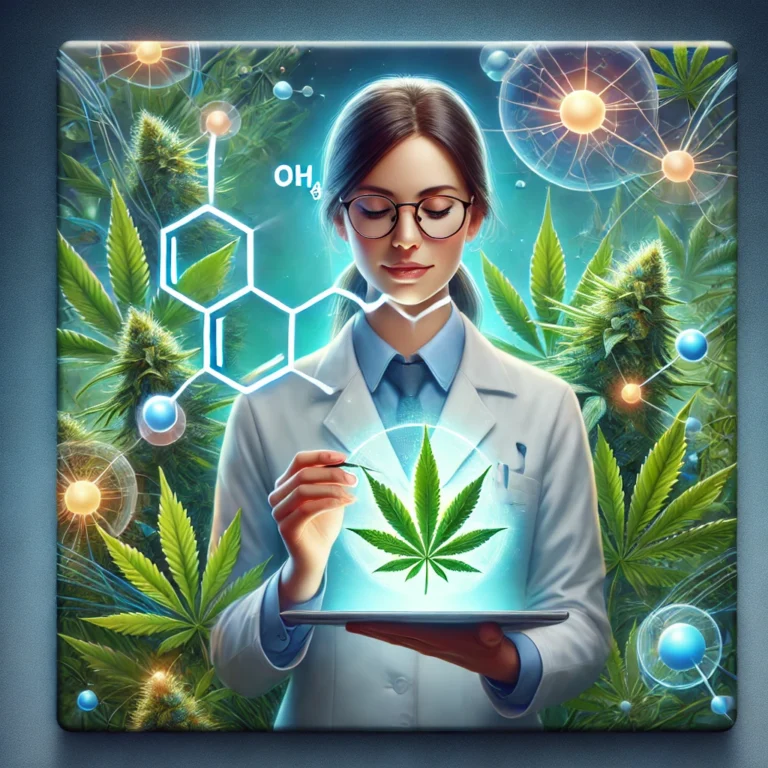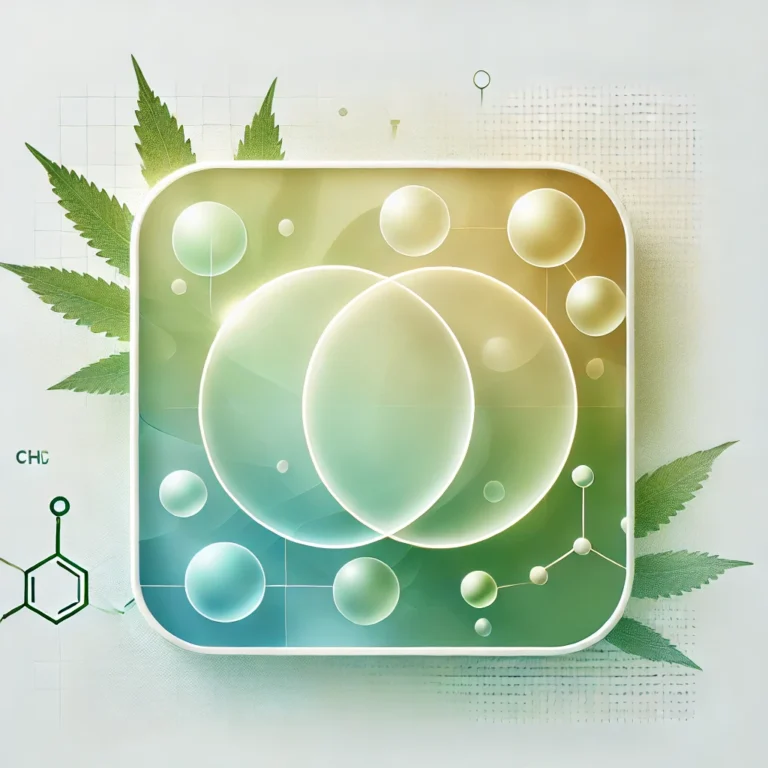When I first got into exploring the world of cannabis, the science behind it was a bit overwhelming. But one term that kept popping up in conversations was the “Entourage Effect.” Pair that with Delta-8, Delta-9, and even Delta-10 THC, and suddenly, you have a whole new layer of complexity—and opportunity—to dive into.
In this post, I’m going to break it all down for you. We’ll explore what the Entourage Effect really means, how different delta THC variations interact with other cannabinoids and terpenes, and how different consumption methods influence the experience. Let’s dive in!

Before we get into the Entourage Effect, let’s clarify what we mean by Delta-8, Delta-9, and Delta-10 THC.
Delta-9 THC: This is the most commonly known THC molecule, famous for its strong psychoactive effects. It’s what most people think of when they hear “THC.”
Delta-8 THC: A milder cousin to Delta-9, Delta-8 offers a less intense high. It’s often described as calming and uplifting without the anxiety that can sometimes come with Delta-9.
Delta-10 THC: This lesser-known variant is associated with an energizing and creative high, making it a go-to for daytime use.
Each of these deltas has a slightly different molecular structure, which changes how they interact with the body’s endocannabinoid system (ECS). That’s where things get fascinating.
The Entourage Effect is the idea that cannabis compounds—like cannabinoids, terpenes, and flavonoids—work better together than they do in isolation. Think of it as a symphony: each compound is an instrument, and when played together, they create a richer, more complex experience.
Research shows that terpenes like myrcene, limonene, and pinene can influence the effects of THC and CBD. For example:
Myrcene: Enhances relaxation and may amplify THC’s psychoactive effects.
Limonene: Adds uplifting and mood-boosting properties.
Pinene: Can help counteract memory issues and provide a focused experience.
When you combine Delta-8, Delta-9, or Delta-10 with specific terpenes, you’re essentially customizing your experience.

Here’s where it gets really interesting. Different THC variations interact uniquely with terpenes and other cannabinoids. For instance:
The way you consume cannabis significantly impacts how the Entourage Effect plays out. Here’s a quick overview:
Smoking or Vaping: Inhalation offers fast-acting effects since cannabinoids and terpenes enter your bloodstream quickly. This is ideal for those who want immediate results.
Edibles: These provide a longer-lasting experience but take longer to kick in. Edibles also create a different type of THC metabolite (11-hydroxy-THC), which can intensify effects.
Tinctures and Oils: Sublingual consumption is a middle ground between smoking and edibles. Effects are quicker than edibles but more sustained than smoking.
Topicals: While not psychoactive, topicals can still benefit from the Entourage Effect by combining cannabinoids and terpenes for localized relief.

One study published in Frontiers in Pharmacology highlighted how terpenes enhance cannabinoid activity by interacting with the ECS. Another study from the British Journal of Pharmacology emphasized the role of the “whole plant” approach, which outperforms isolated cannabinoids in therapeutic applications.
This synergy is why full-spectrum and broad-spectrum products are gaining popularity. Unlike isolates, these products retain a range of cannabinoids and terpenes, maximizing the Entourage Effect.
Here’s a handy chart to visualize how delta variations and terpenes interact:
| Delta Variation | Terpene | Effects | Best Use |
|---|---|---|---|
| Delta-8 | Myrcene | Relaxation, reduced anxiety | Evening relaxation |
| Delta-9 | Limonene | Euphoria, mood boost | Social settings |
| Delta-10 | Pinene | Energy, focus | Creative projects |

While the Entourage Effect can enhance cannabis experiences, it’s not one-size-fits-all. Factors like individual tolerance, the ratio of cannabinoids to terpenes, and even the time of day can influence results. Always start with a low dose and adjust as needed.
Also, keep in mind:
Delta-9 THC can cause anxiety or paranoia in higher doses.
Delta-8 THC may produce mild side effects like dry mouth or fatigue.
Delta-10 THC is still relatively new, so research is limited, and effects can vary.
For me, understanding the Entourage Effect has been a game-changer. Whether I’m looking for relaxation, a creative spark, or just a balanced high, I now know how to tailor my experience by choosing the right combination of delta variations, terpenes, and consumption methods.
If you’re new to this, experiment with different products and keep a journal of what works for you. Trust me—the journey is just as rewarding as the destination.
Join our community of cannabis enthusiasts and terpene explorers! Get exclusive insights, in-depth guides, and the latest discoveries. No spam—just pure, aromatic knowledge delivered straight to your inbox.
Subscribe now and elevate your cannabis wisdom!